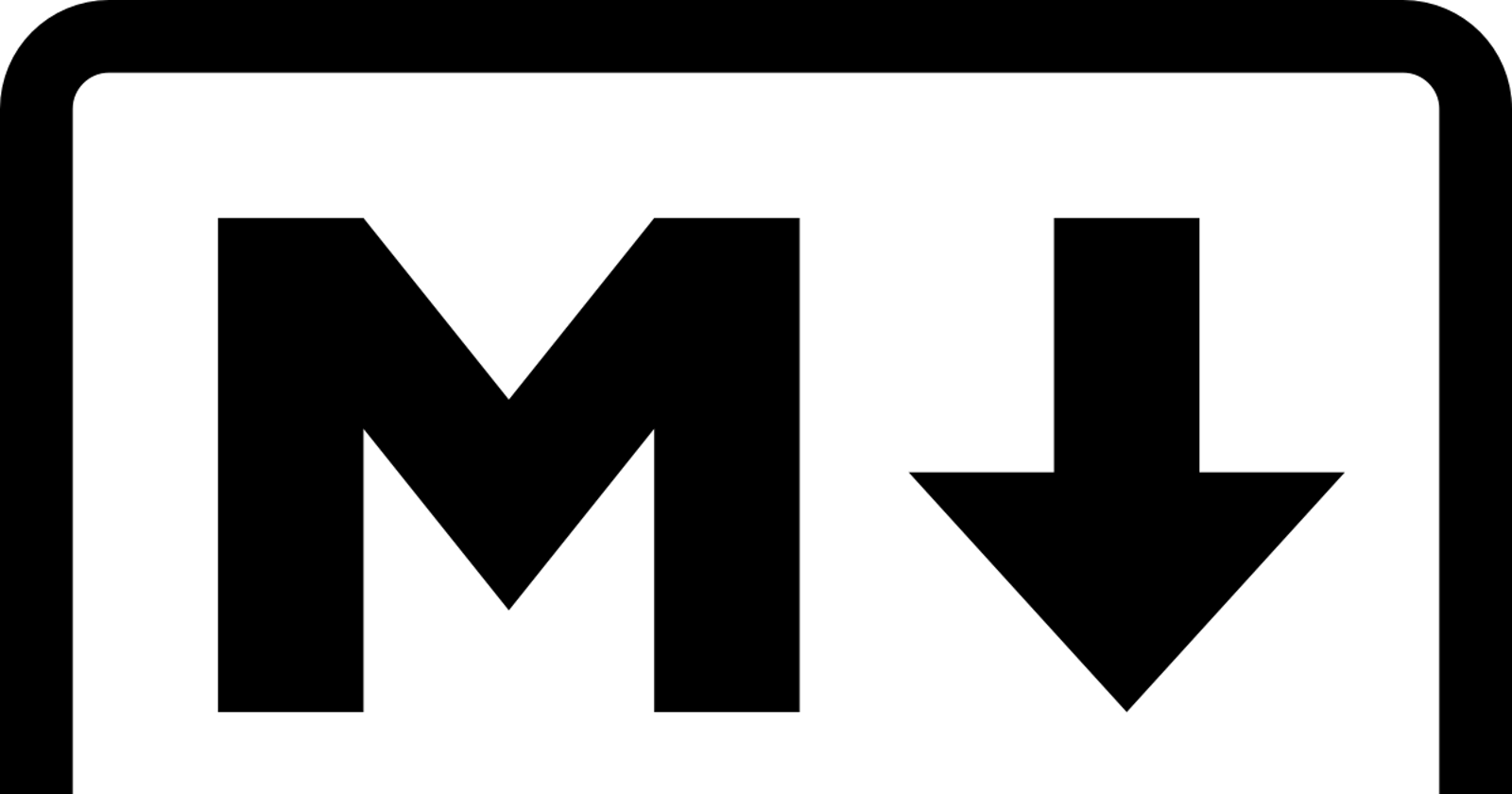Markdown is a light weight markup language introduced to add the formatting to document that are more human friendly to read. Markdown can be used in wide area of situations starting from simple message box to complex Readme files or even blogs.
So now lets learn formatting option available in Markdown to format the text:
Headings :-
We can mark a line as heading by prefixing a character #. We can add multiple # up to 6 to represent the heading in various size.
# Heading 1
## Heading 2
### Heading 3
#### Heading 4
##### Heading 5
###### Heading 6
and their respective result will be
Heading 1
Heading 2
Heading 3
Heading 4
Heading 5
Heading 6
Formattings :-
Markdown has only Bold, Italic formatting options.
**Bold Text**
_Italic Text_
Links :-
Links can be created as follows
[Twitter](https://twitter.com/)
Images :-
we can add images to document as follows, this will display images in its original size.

if we want to change the height and width of the image, we can directly use HTML tags inside markdown.
<img alt="Markdown image" hight="100px" width="100px" src="https://upload.wikimedia.org/wikipedia/commons/thumb/4/48/Markdown-mark.svg/1200px-Markdown-mark.svg.png" />
List List :-
We can create both ordered and unordered list in markdown using following syntax
Un-ordered list
* Mango
* Banana
* Jack furit
Un-ordered list
- Mango
- Banana
- Jack furit
Ordered list
1. Mango
2. Banana
3. Jack furit
Ordered list
- Mango
- Banana
- Jack furit
These are the commonly used basic formatting options. But many companies have extended the basic spec and created their won for adding additional options like embeds, @mentions, table etc.
One such example is Github's markdown named GTM (Github flavoured markdown).

